- Ironic Sans
- Posts
- Science And The Strapless Evening Gown
Science And The Strapless Evening Gown
This story ends in the least predictable place imaginable

I first encountered the scientific paper simply titled “Strapless Evening Gowns” four years ago, when I was flipping through a collection of magazines that once belonged to the cybernetics pioneer Norbert Wiener.
Among his magazines was the May 1960 issue of Voo Doo magazine, which was MIT’s “only intentionally humorous campus publication” going all the way back to 1919.
I got a chuckle out of this article, which attempted to semi-seriously analyze what exactly keeps a strapless dress from falling down:
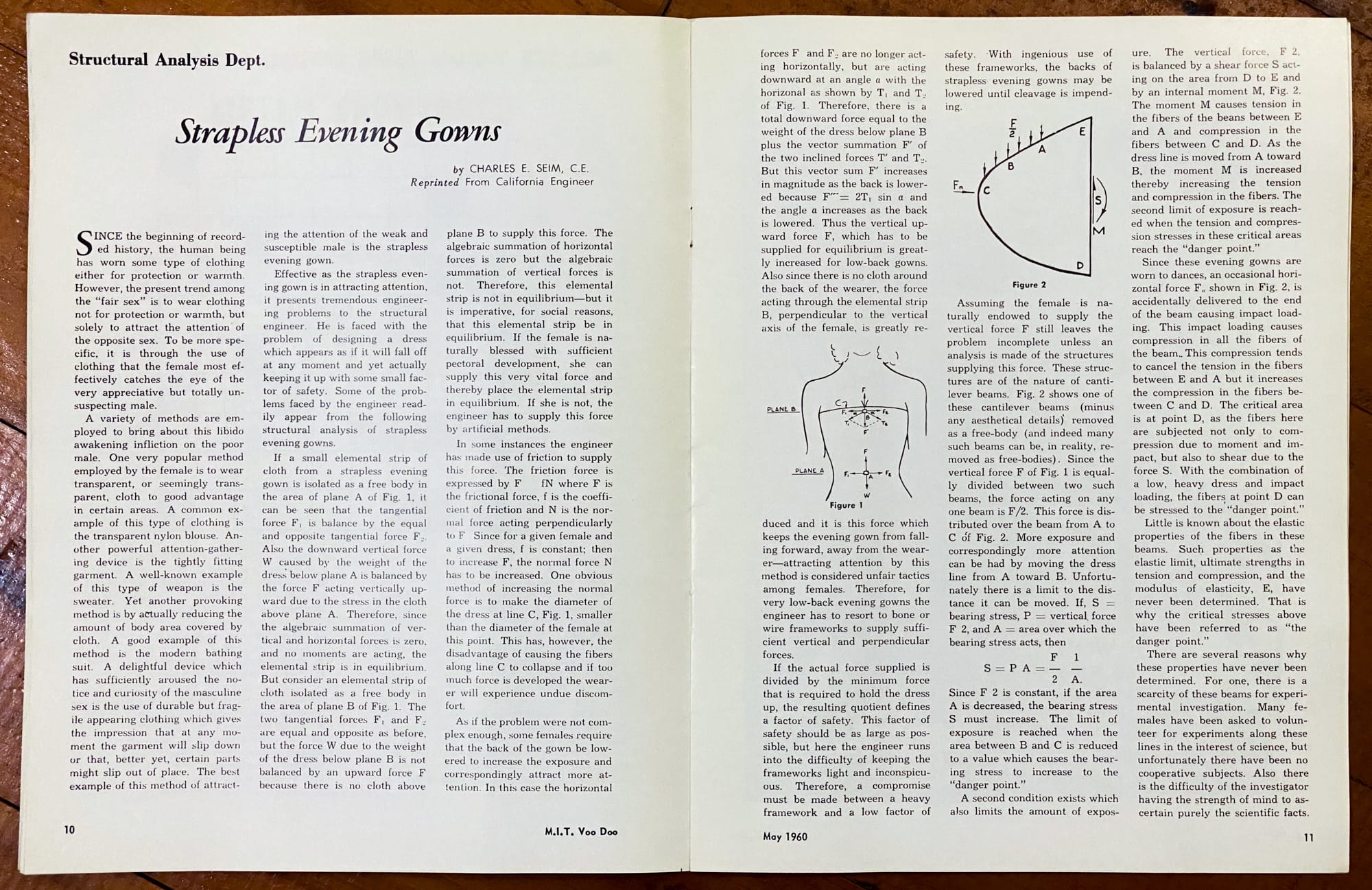
An excerpt:
As if the problem were not complex enough, some females require that the back of the gown be lowered to increase the exposure and correspondingly attract more attention. In this case, the horizontal forces F₁ and F₂ are no longer acting horizontally, but are acting downwards at an angle α with the horizontal as shown by T₁ and T₂ of Fig. 1. Therefore, there is a total downward force equal to the weight of the dress below plane B plus the vector summation of F₁ of the two inclined forces, T₁ and T₂. But this vector sum F₁ increases in magnitude as the back is lowered because F₁ = 2T since the angle α increases as the back is lowered. Thus the vertical upward force F which has to be supplied for equilibrium is greatly increased for low-back gowns. Also since there is no cloth around the back of the wearer, the force acting through the elemental strip B, perpendicular to the vertical axis of the female, is greatly reduced and it is this force which keeps the evening gown of the lady from falling forward, away from the wearer – attracting attention by this method is considered unfair tactics among females.
Scientists have a long history of amusing themselves with humor. In addition to Voo Doo, other science humor magazines include the Annals of Improbable Research, the Journal of Irreproducible Results, and the Worm Runner’s Digest which included both satirical and serious scientific papers, much to the confusion of their readers – a problem eventually solved by printing the satirical articles upside down.
And then there are the quasi-serious scientific studies meant to be amusing, such as this study on the effectiveness of tin foil hats in protecting you from government surveillance (spoiler: tin foil hats can actually amplify certain radio frequencies, so the authors speculate that the government has been behind promotion of tin foil hats all along).
And back in 1974, the Journal of Applied Behavior Analysis published a paper by clinical psychologist Dennis Upper called “The Unsuccessful Self-Treatment Of A Case Of Writer’s Block” which I am posting here in its entirety:

And lest you question the veracity of the author’s finding, I should note that the author’s failure to treat his writer’s block has been successfully replicated.
I bring all this up because a few weeks ago I thought I might write an April Fool’s Day post about something I first came across 30 years ago: an article from the April (as in Fools) 1971 issue of New Scientist magazine about “Neil Illusions,” a brand new category of optical illusions named for the man who discovered them, Allan Neil.
I ultimately decided not to write about Neil Illusions for two reasons. For one thing, I no longer had the full article, only this fuzzy low resolution copy of the illusions themselves:
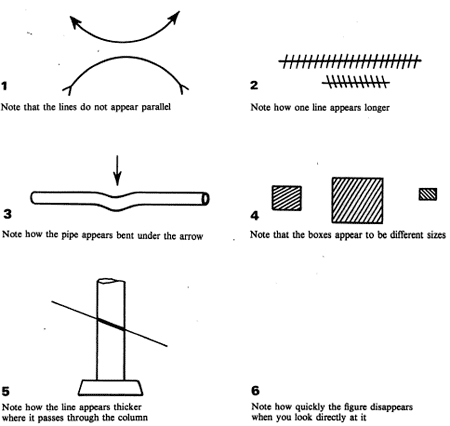
I couldn’t get a higher resolution version because while the original article used to be available in Google Books, it isn’t anymore. So I searched for other places where Allan Neil may have written about his Illusions and I did find variations on the article reprinted in other journals.
But that brings me to the second reason I didn’t write about Neil Illusions: Now that I looked at them again 30 years after I first came across them, I just no longer found them that funny.
Anyway, as I searched through science comedy journals in search of the full Neil Illusions text, I came across a familiar article on the structural analysis of strapless evening gowns, but in an unfamiliar place.
It was in the April (as in Fools) 1964 issue of Perdue University’s monthly engineering magazine, Perdue Engineer. For this issue, they turned the magazine into a parody of Playboy.

The centerfold, “Miss Fire,” was a rocket ship.
But it also included a reprint of the strapless dress article, with the new longer title “The Stress Analysis of an Evening Gown” and new curvier illustrations.
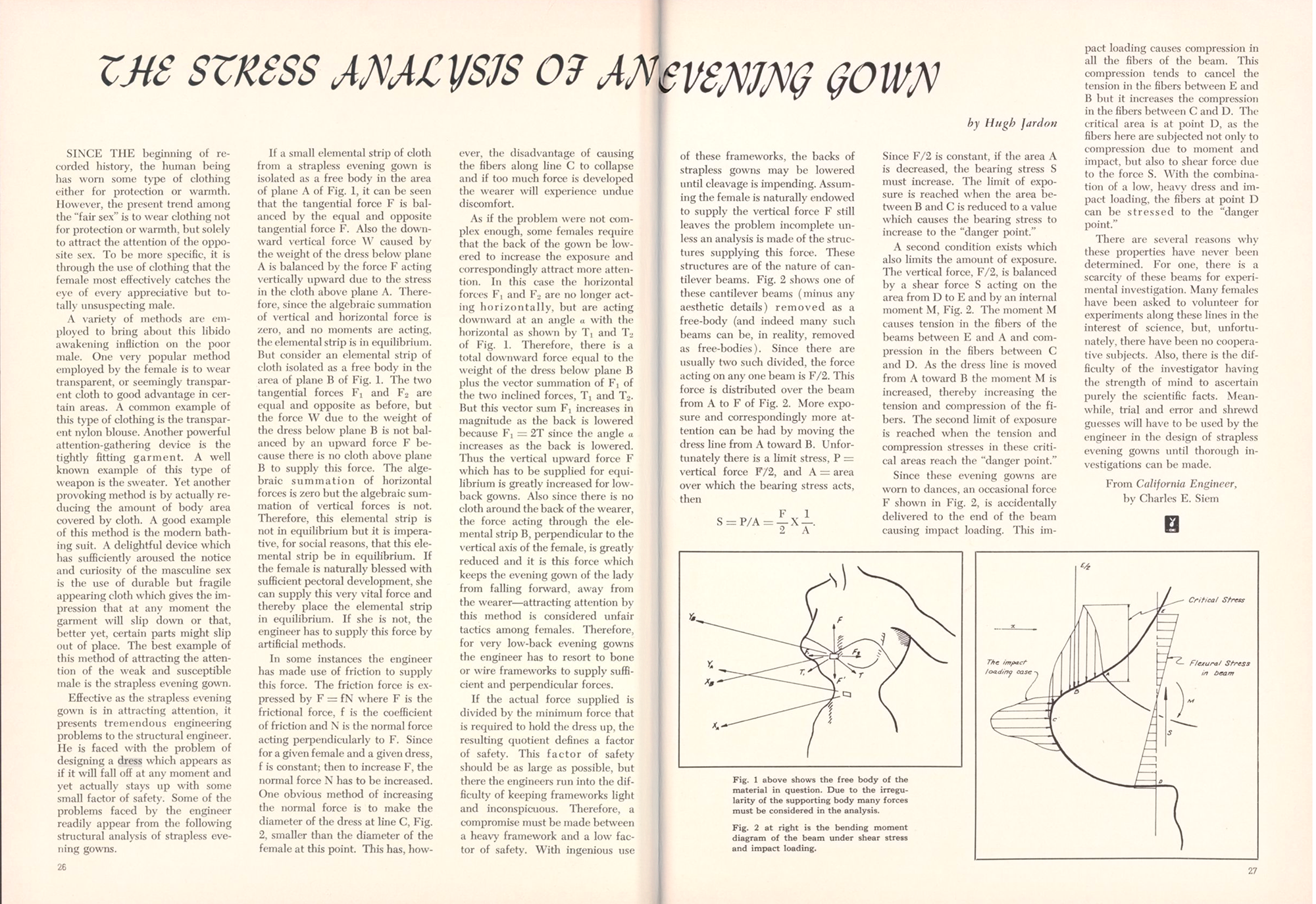
Perdue Engineer had actually flirted with this topic before. In their April 1960 issue, they ran an article on the stresses of Maidenform strapless bras.
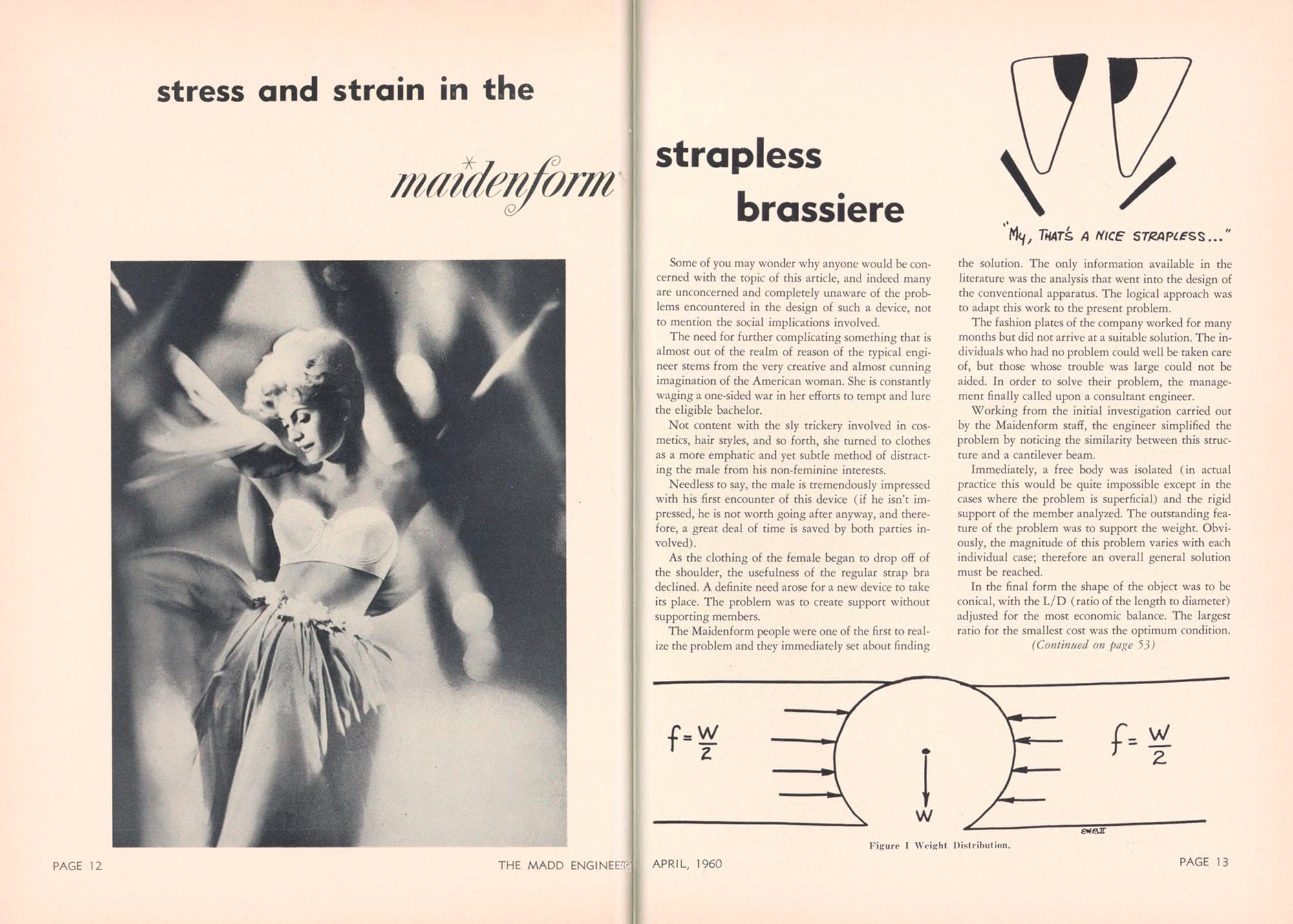
When I saw their reprint of the “strapless gowns” article, I remembered seeing it in Norbert Wiener’s Voo Doo magazine a few years back. So I wondered if it was a more well-known article than I’d realized.
I looked to see where else it may have been published and it turns out that this article has made the rounds amongst the science-humor-minded. It can even be found in an anthology of humorous scientific articles where it was reprinted with the even longer-still name “A Stress Analysis of a Strapless Evening Gown” and yet another version of the illustrations.

This version of the evening gown doesn’t look like it’s being held up quite as well by those structural forces
It turns out that none of these versions of the article is the original version, which first appeared in a publication called California Engineer in 1956, and was written by a civil engineering student named Charles Siem. He later went on to design bridges.
Given all we know about the history of sexism in the workplace, it’s not surprising that this Mad Men era attempt at humor used the language of science to ogle women under the guise of engineering analysis. I wondered how many of the people who read this may have actually been women. Well, according to a 1964 article in American Engineer titled “Why Don’t American Women Go Into Engineering?” women only made up “about 1% of the national total in the profession” at the time. So, probably not many.
Today, the numbers are slightly better, depending on what field of engineering you look at. The Society of Women Engineers put this graph together last year based on the latest census data. It shows that women make up between 9% (electrical engineers) and 32% (environmental engineers) of their fields. Here’s the full breakdown:
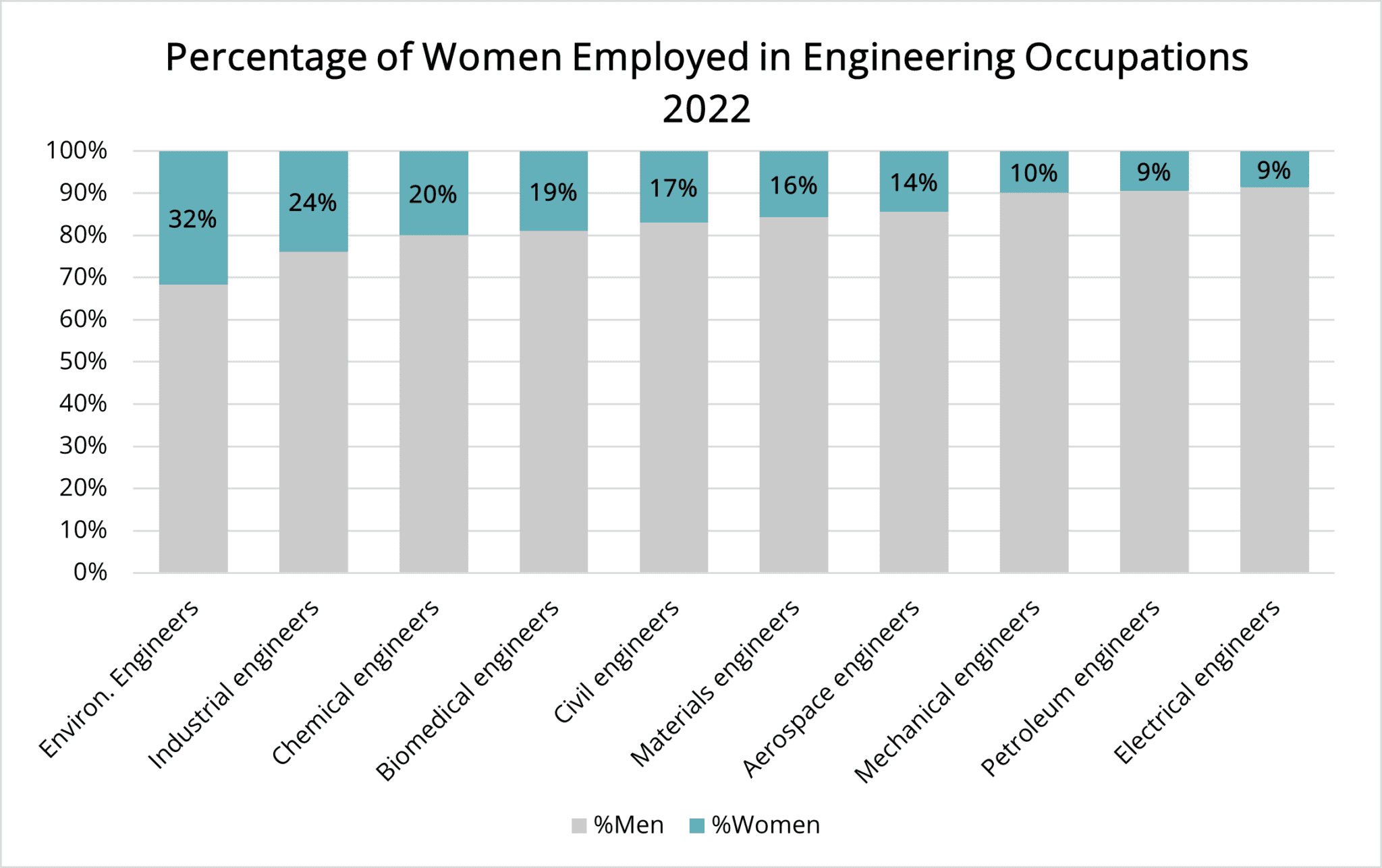
But what about the actual science in these articles? Is the structural analysis of strapless gowns all just meant to be funny? Or is there real engineering behind it?
Well, just a few years ago, the podcast Improbable Research, hosted by Ig Nobel founder Marc Abrahams, had an episode dedicated to this question. His guest in this episode is aerospace engineer Nicole Sharp (a woman engineer!) who went through the article and explained the forces that are actually described.
An excerpt:
Marc: What is a stress analysis?
Nicole: A stress analysis is something that we would do in designing—usually a structure—in order to look at the forces that are going to occur on it, and how to balance those, and make sure that the structure is going to be able to withstand the stress that it would experience in operation.
Marc: What is a strapless evening gown?
Nicole: A travesty of fashion forced upon women.
Marc: You say this as an engineer.
Nicole: No, more as a woman.
But the cultural impact of the structural analysis of a strapless dress doesn’t end with a few articles and a podcast. It ends with a symphony orchestra.
Deborah Henson-Conant is a professional harpist who describes herself on her website as a “Grammy-Nominated electric harp virtuoso with a wicked sense of humor, a gutsy set of vocal chords [sic] and theatrical flair.”
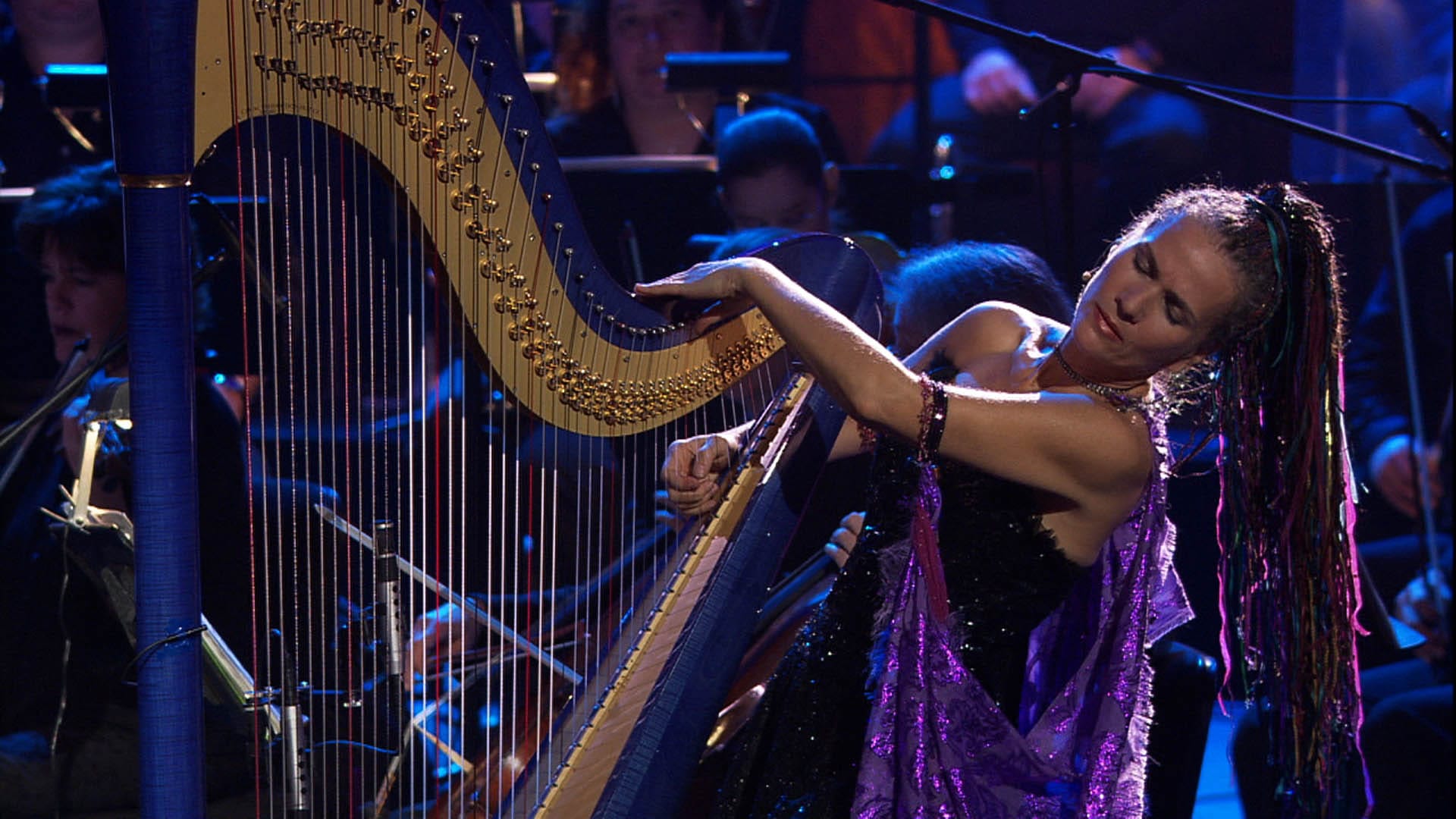
Deborah Henson-Conant, still frame from “Invention & Alchemy”
That sense of humor was evident when Deborah opened the Burnt Food Museum, a showcase of all the food she has burned over the years, beginning with a piece called “Free-Standing Hot Apple Cider” from 1989. I know, a burnt food museum doesn’t seem at all related to being a professional harp player. But her museum actually has an official museum harpist so, ya know, it’s totally related.
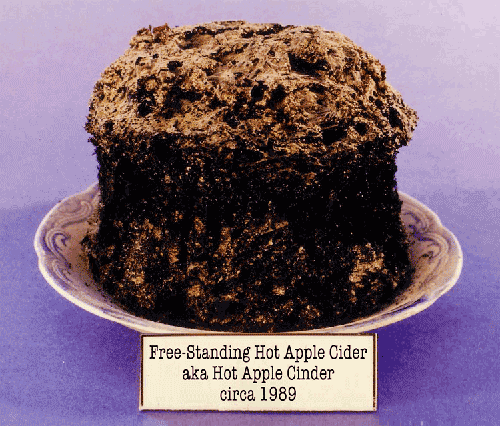
Well, the Annals of Improbable Research heard about her museum and decided that it was worthy of a cover story in their magazine. Here’s what Deborah said happened next:
Marc Abrahams, editor of the “Annals of Improbable Research” visited my kitchen for a photo shoot of the “Museum of Burnt Food” for the cover of his magazine. Marc immediately noticed my interest in science and soon afterwards sent me a manuscript of “Stress Analysis of a Strapless Evening Gown,” written in 1956 by a scientist named Charles E. Siem. “I think you should put this to music,” said the accompanying note.
I agreed. I wrote an improvisatory version of the piece and premiered it with the “Really Eclectic String Quartet,” at a jazz club in the early 90s. A few years later it was choreographed and performed in Boston, but musically it still remained an improvisation for harp and strings, leading a cult life of jazz club performances until 1995 when the Boston Pops asked me to arrange the fourth movement, “Danger Zone” for a U.S. tour. That movement was so much fun that I kept hoping to complete orchestration of the rest of the piece, but couldn't find an orchestra brave enough to program the whole thing -- until the Springfield Symphony called last year.
And so in February 2001, Deborah performed the full orchestral version of “Stress Analysis of a Strapless Evening Dress” with the 70-piece Springfield Symphony. She wore a strapless gown.
Here is the fourth movement, “Danger Zone,” from Deborah’s 2006 album “Invention & Alchemy.” Around three minutes in, you can hear how she uses a harp string to represent the zipper on a strapless dress.
If you listen to the full album, you’ll also hear a song inspired by her garbageman.

Wow, that rabbit hole took me to all sorts of great places I did not expect. But that’s the beauty of the internet. There are so many interconnected things that when you start pulling at a thread, you never know what you will unravel, if you’ll forgive the mixed metaphor.
If you enjoyed this newsletter and want to show your appreciation, I could sure use a cup of coffee.
Meanwhile, I’m off to go unravel the rest of the internet, so that’s it for another newsletter! Thank you as always for reading. See you next time!
David


Reply